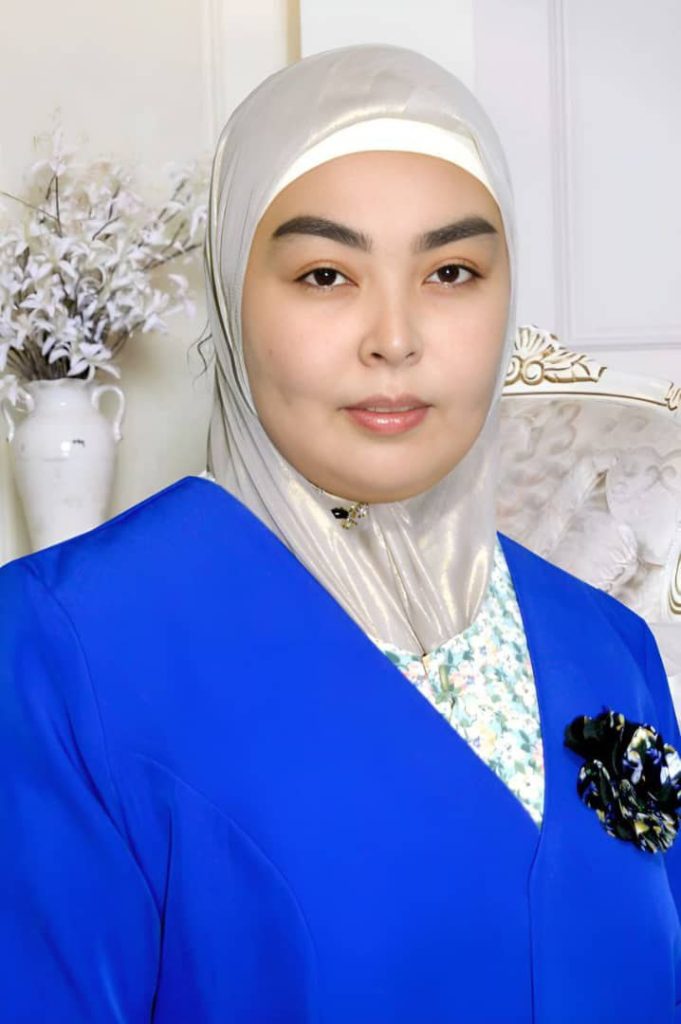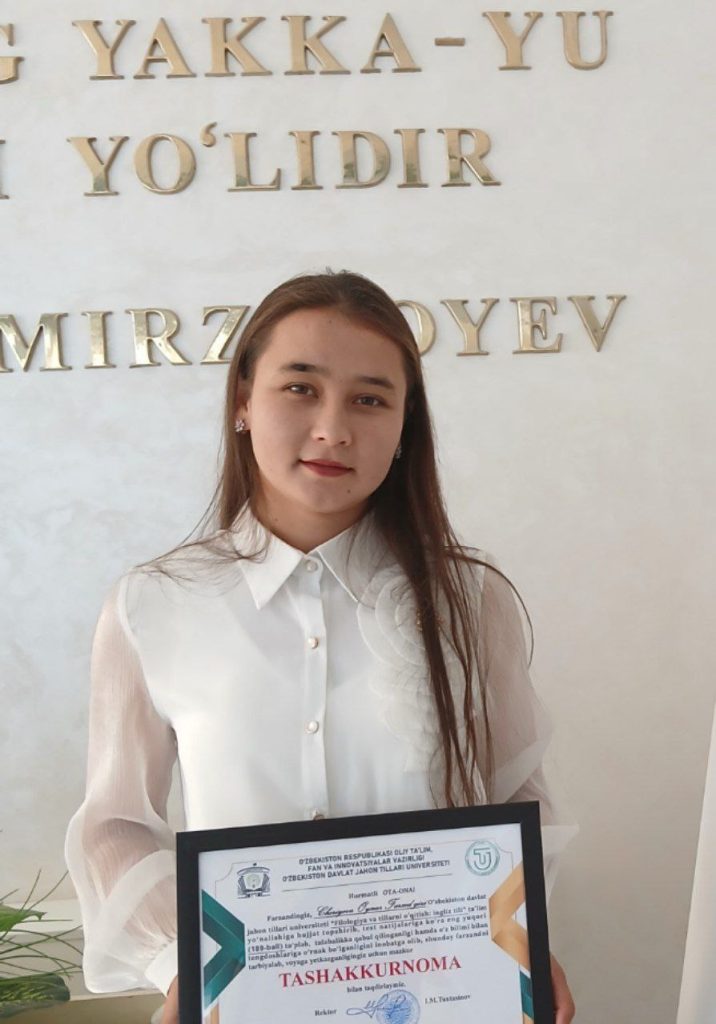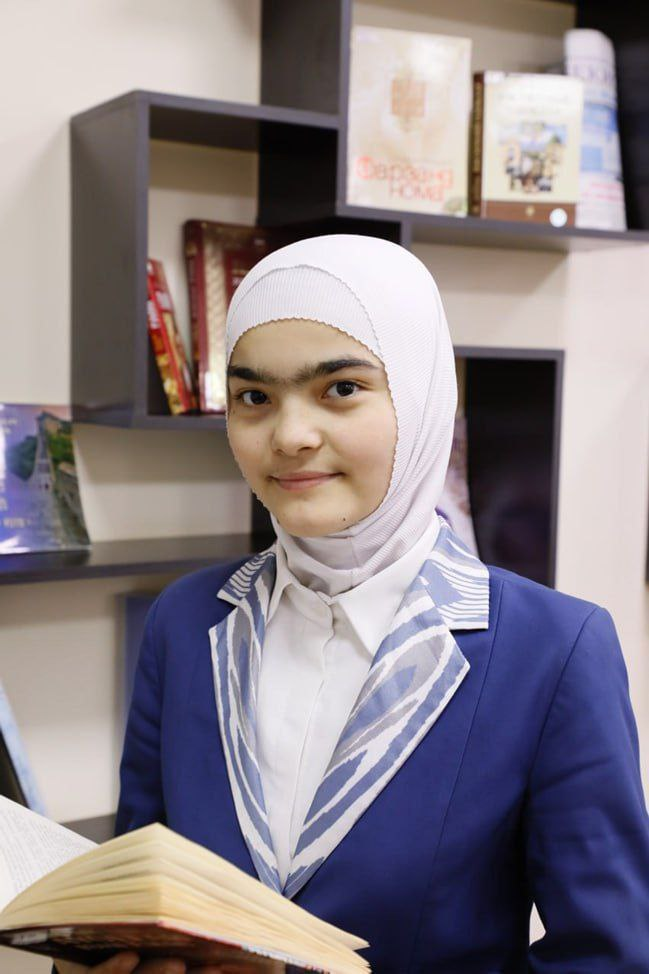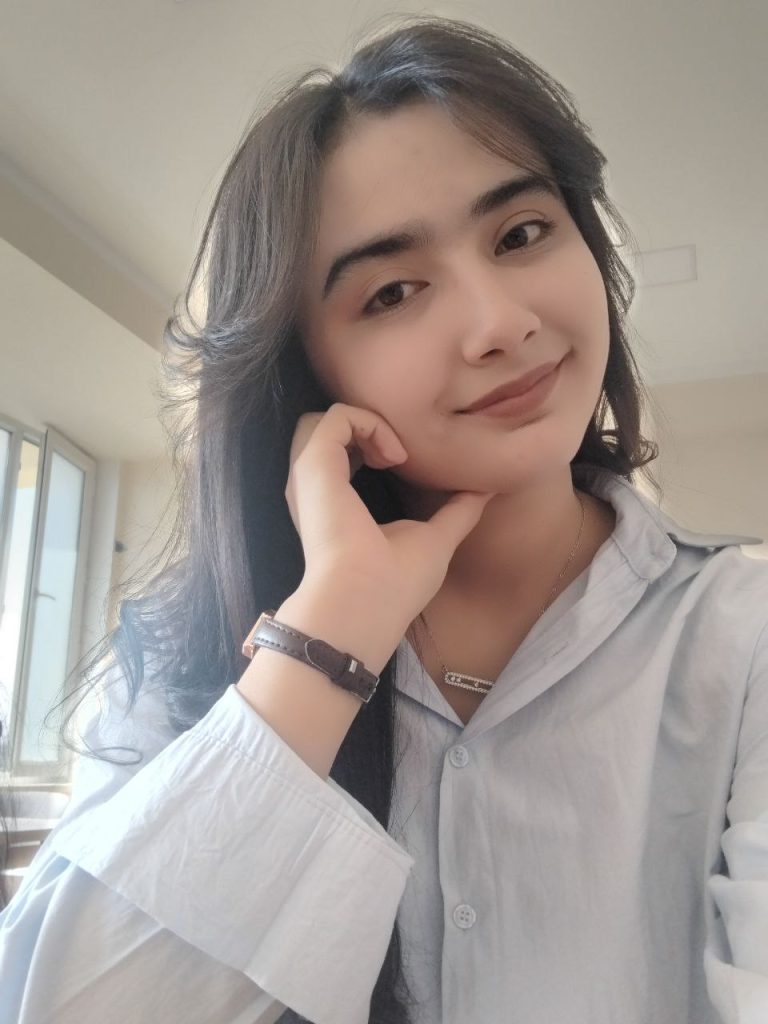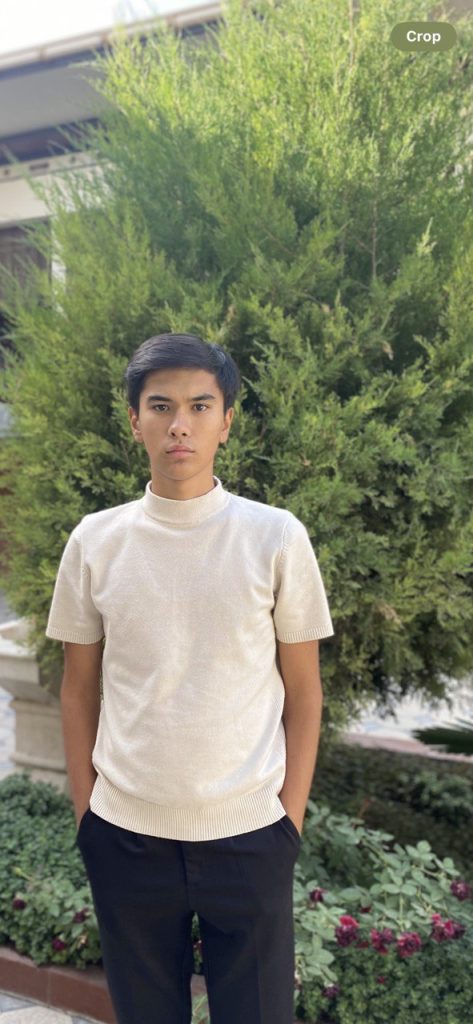
The rapid expansion of digital technologies has redefined the foundations of modern societies. This paper examines the multifaceted role of computer literacy as a determinant of human capital development in the twenty-first century. By analyzing its impact on education, professional competitiveness, information security, social interaction, and personal growth, the study underscores the necessity of integrating digital competence into both national strategies and individual development agendas.
Introduction
The twenty-first century is widely described as the era of digital transformation. The accelerated growth of information and communication technologies (ICTs) has reshaped nearly all domains of human activity, from education and healthcare to governance and business. International organizations such as the World Bank and the United Nations emphasize a strong correlation between a nation’s digital capacity and its economic performance, educational quality, and institutional effectiveness [1][2]. Within this framework, computer literacy emerges not merely as a technical skill but as a strategic resource for sustainable human development in the globalized world.
The Role of Computer Literacy in Modern Society
1. Education
Digital literacy enhances learners’ autonomy and fosters innovative approaches to knowledge acquisition. Access to online databases, electronic textbooks, and interactive platforms facilitates self-directed learning and critical engagement with academic content. Empirical studies by UNESCO suggest that educational systems with high digital competence levels achieve up to 30% higher learning outcomes compared to systems with limited digital integration [3]. This demonstrates the catalytic role of technology in academic advancement.
2. Professional Development
In contemporary labor markets, computer literacy constitutes a baseline requirement rather than an added qualification. A survey conducted by the World Economic Forum in 2024 reported that 92% of employers demand at least fundamental digital competencies from potential candidates [4]. Moreover, ICT proficiency enables professionals to adapt across diverse fields, including medicine, engineering, business, and creative industries. The global shift toward remote employment further illustrates how computer literacy facilitates access to international labor markets, thus enhancing global workforce mobility.
3. Critical Thinking and Cybersecurity
Computer literacy encompasses more than operational skills; it includes the capacity for critical evaluation of digital content and responsible online behavior. Given that cybercrime inflicted economic damages exceeding 8 trillion USD worldwide in 2023 [5], awareness of cybersecurity practices has become essential. A digitally literate population is better positioned to safeguard personal information, resist disinformation, and contribute to the establishment of a secure digital ecosystem.
4. Social Interaction
ICT has revolutionized communication and collaboration, fostering both local and global integration. Tools such as video conferencing, e-learning platforms, and social media networks enable individuals to participate more actively in civic and professional life. Estonia, for example, is internationally recognized as a digital nation where over 99% of government services are provided online [6]. This model illustrates how digital competence enhances transparency, efficiency, and citizen engagement in governance.
5. Personal Growth
On an individual level, computer literacy broadens opportunities for lifelong learning, entrepreneurship, and creativity. Platforms such as Coursera and Udemy democratize access to education, allowing millions of learners worldwide to acquire new skills and advance their careers [7]. Furthermore, digital tools encourage personal development by supporting creative expression, intellectual exploration, and participation in the global knowledge economy.
Conclusion
Computer literacy has evolved into a fundamental prerequisite for success in the contemporary world. It contributes not only to academic and professional advancement but also to the protection of digital security, the strengthening of civic participation, and the enrichment of personal life. Consequently, policymakers should prioritize the integration of computer literacy within national education and development strategies, while individuals should recognize it as an indispensable component of lifelong growth. Ultimately, digital literacy represents the cornerstone of sustainable progress in the information society.
Hasanbayev Sardorbek Ne’matjon oglu — born on January 1, 2009, in Namangan district, Namangan region. He studied at Secondary School No. 22 in the district until the 6th grade, completed the 7th grade at Specialized State Boarding School No. 21, and is currently an 11th-grade student at the Namangan District Specialized School. From childhood, he has been passionate about English, mastered it thoroughly, and holds an international IELTS certificate.

